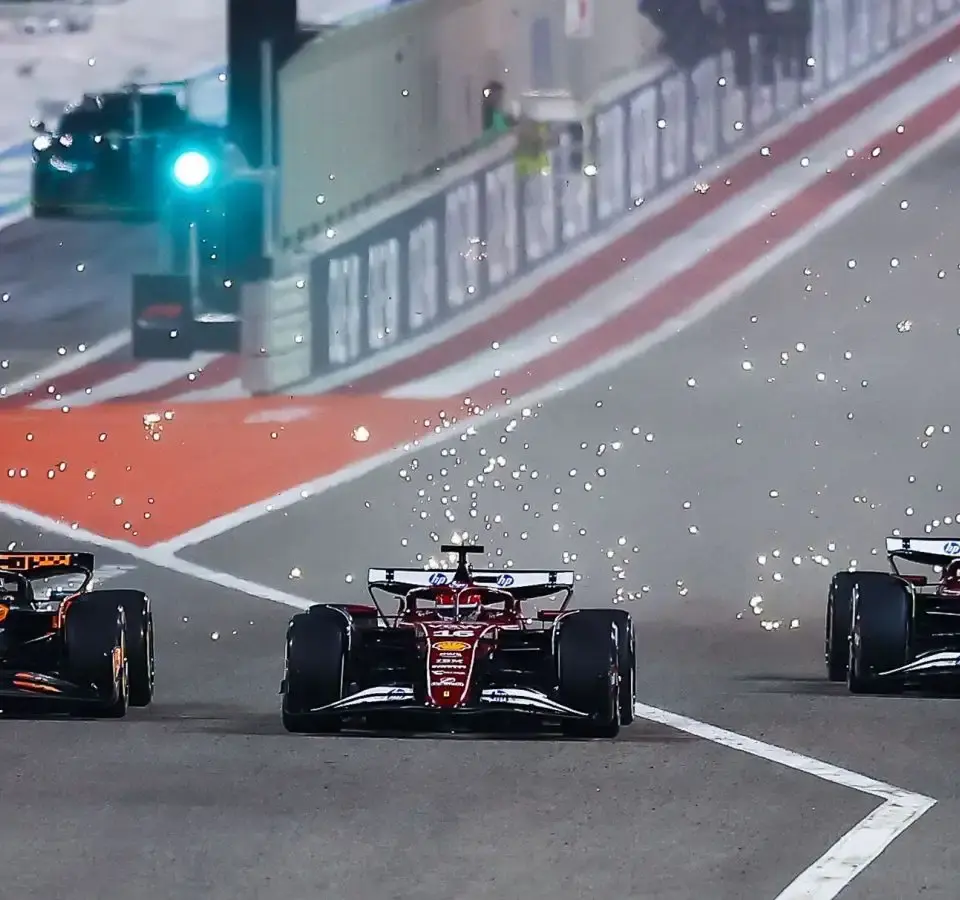Amidst rising concerns over Ferrari’s performance in 2025, fears centered on the new SF-25 model. However, team principal Fred Vasseur staunchly defends the design, attributing issues elsewhere.
Ferrari, having shown impressive improvements in 2024, aimed for an overhaul with the SF-25. Despite a solid foundation last year, the team chose to implement a completely new design, hoping to maintain momentum. This included a shift from the traditional push-rod front suspension to a pull rod layout. According to technical director Loic Serra, this change aimed to enhance airflow and allow further aerodynamic developments—an area previously maxed out in the old design.
The SF-25 also boasts an increased wheelbase with sidepods beginning further back, purportedly to improve air control around the car. Despite these ambitious upgrades, performance has not been as expected. Even a floor upgrade in Bahrain failed to yield the desired improvements, signaling deeper issues.
Both Lewis Hamilton and Charles Leclerc have voiced their concerns, citing the car’s struggles against competitors like McLaren and Mercedes. These concerns were loud enough to stir media curiosity about Vasseur’s perspective. Vasseur, while acknowledging some performance limitations, maintains it’s not the SF-25 concept at fault. He cites variable performance from session to session, like improved showings during specific stints, as evidence that the core design isn’t flawed.
Vasseur notes, ‘From session to session, it’s a bit different. You can have stints where we’re competitive.’ He reflects on the Bahrain race, where Ferrari showed promise, only to fall short by ‘two, three, four tenths’ over the season’s average. The focus, according to him, should be on consistent underperformance that’s influenced by factors like downforce and tire management.
As Ferrari navigates the challenges of the 2025 season, Vasseur remains optimistic, focusing on refining rather than overhauling their current design strategy. The team’s journey forward involves tackling performance disparities and improving consistency across races, rather than blaming the SF-25 concept itself.










